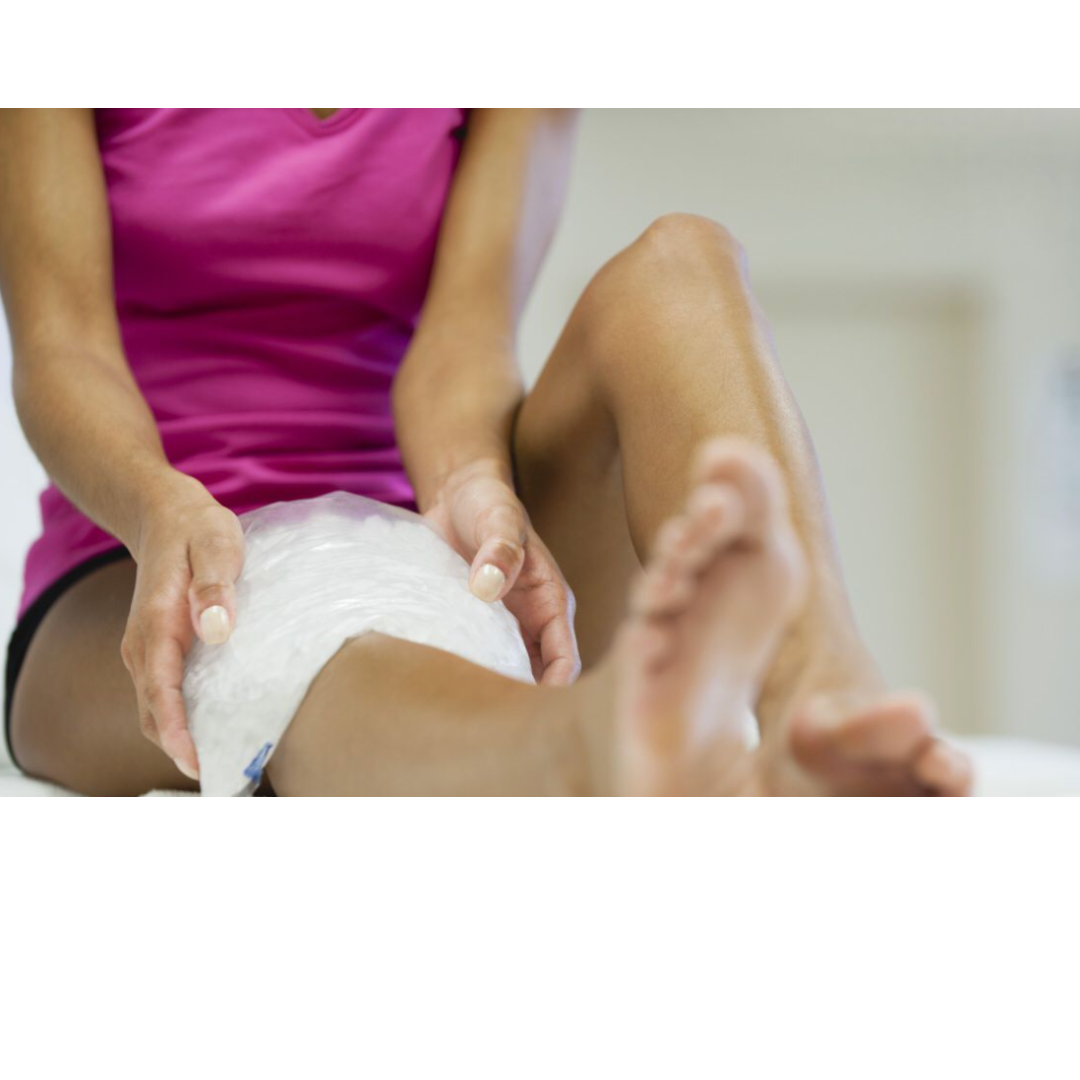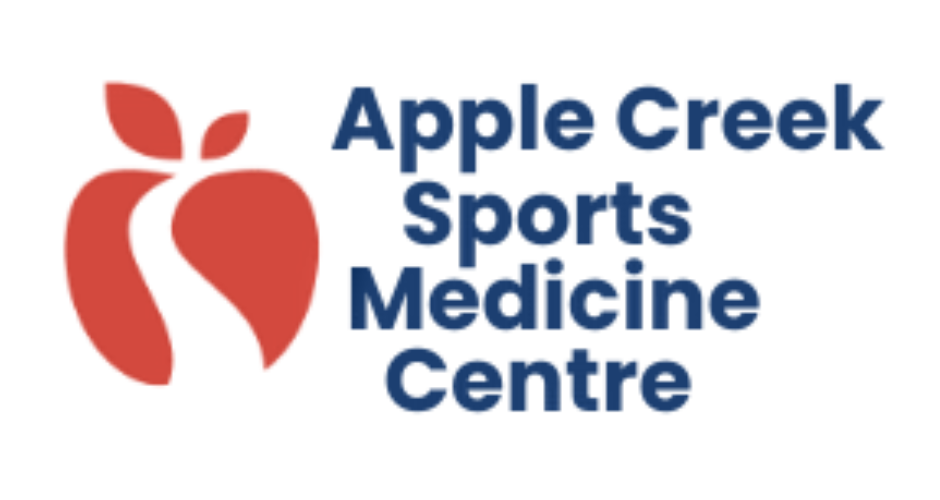
The Role of Cryotherapy in Injury Rehabilitation
Brock Palma, Osteopathic Manual Practitioner
In the world of sports medicine and injury rehabilitation, one treatment method has gained significant attention for its versatility and effectiveness: cryotherapy. Known for its ability to
manage pain, reduce inflammation, and speed up recovery, cryotherapy has become a cornerstone of injury management protocols for athletes and non-athletes alike.
This blog will delve into what cryotherapy is, how it works, and its essential role in injury rehabilitation..

What is Cryotherapy?
Cryotherapy, derived from the Greek words “cryo” (cold) and & “therapy”(treatment), refers to the use of cold temperatures to treat various medical conditions. The most common forms of cryotherapy in rehabilitation include:
Localized Ice Packs: Applied directly to an injured area.
Cold Water Immersion: Popularly known as ice baths.
Whole-Body Cryotherapy (WBC): A treatment where the body is exposed to extreme
cold in a controlled environment for a few minutes.
How Does Cryotherapy Work?
Cryotherapy primarily focuses on manipulating the body’s response to injury by lowering tissue
temperature. Here’s how it helps:
1. Reducing Inflammation: Cold temperatures constrict blood vessels, limiting blood flow
to the injured area. This minimizes swelling and prevents further tissue damage.
2. Pain Management: The cold numbs nerve endings, reducing pain signals to the brain
and providing relief.
3. Improved Recovery: Cryotherapy accelerates healing by promoting cellular repair,
reducing muscle soreness, and improving circulation post-treatment.
4. Injury Prevention: Regular use of cryotherapy can improve muscle recovery and
resilience, reducing the risk of future injuries.
Cryotherapy in Injury Rehabilitation
Cryotherapy is widely utilized in the rehabilitation process for various injuries, including sprains,
strains, tendonitis, and post-surgical recovery. Here’s how it plays a role at different stages of
recovery:
1. Acute Phase (First 48-72 Hours)
During this phase, inflammation and pain are at their peak. Cryotherapy is particularly effective in reducing swelling and providing immediate pain relief.
- Ice packs or cold compresses are often recommended.
Cold water immersion may be used for larger injuries like muscle strains.
2. Subacute Phase (72 Hours to 3 Weeks)
As the body begins to heal, cryotherapy remains an integral part of managing residual swelling
and discomfort.
Ice massage or localized cryotherapy sessions can target specific areas for enhanced
recovery.
Athletes may combine cryotherapy with physiotherapy exercises to promote mobility and
tissue repair.
3. Chronic Phase (Post 3 Weeks)
For lingering pain or stiffness, whole-body cryotherapy can be beneficial. It helps boost
circulation, flush out toxins, and reduce muscle tightness.
Cryotherapy is often combined with other modalities like heat therapy, manual therapy,
and strength training to restore full function.
Advantages of Cryotherapy in Rehabilitation and Things to Consider
Non-Invasive Treatment: Safe and effective with minimal side effects.
Rapid Recovery: Shortens downtime, allowing athletes to return to play faster.
Complementary Approach: Works well alongside other therapies like physiotherapy
and massage.
While cryotherapy offers many benefits, it’s essential to use it appropriately:
Avoid overexposure to cold to prevent frostbite or nerve damage.
Consult a healthcare professional to determine the right duration and frequency for your
condition.
Conclusion
Cryotherapy is a powerful tool in injury rehabilitation, offering relief from pain, inflammation,
and stiffness while speeding up recovery. Whether you're an elite athlete or someone recovering
from a minor injury, incorporating cryotherapy into your rehab plan can be transformative.
At Apple Creek Sports Medicine Center, we specialize in personalized rehabilitation plans,
integrating evidence-based therapies like cryotherapy to help you achieve optimal recovery. If you’re dealing with an injury or looking to enhance your recovery routine, reach out to our team
for expert guidance.
Ready to explore cryotherapy for your recovery? Contact us today!
About the Author:
Brock’s passion for sports, health and the human body lead him to the University of Toronto where he studied Kinesiology, eventually obtaining a Bachelors of Kinesiology degree. Upon finishing his 5 years of post secondary education at the Canadian College of Osteopathy
For more information about Brock, click here

